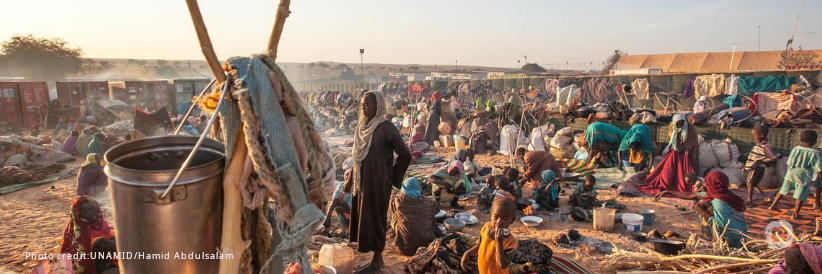Internally displaced people (IDPs) report higher levels of food insecurity, lack of adequate housing, and lack of access to stable income compared to non-displaced people according to findings from the Internal Displacement Monitoring Centre (IDMC’s) Severity Assessments 2024.
IDMC’s severity assessments evaluate the living conditions of internally displaced households compared to non-displaced and returnee households to reveal the needs and challenges in safety and security, standards of living, livelihoods and shelter and civic and social rights. Using data from IMPACT REACH Initiative’s Multi-Sectoral Needs Assessments (MSNAs), this year’s assessments provide a snapshot of displacement conditions in 11 countries.
The differences in living conditions among internally displaced households can also be explored in more detail, with analysis by cause and duration of displacement, household characteristics and more, providing a more nuanced picture of their challenges.
“The disaggregated data now available can help governments, aid organisations and other actors tailor their policies, strategies and interventions to better address the specific needs of IDPs and support their journey towards solutions,” said Alesia O’Connor, IDMC Researcher.
“While there are common threads, no two displacement situations are alike, so better data and evidence on the different needs and vulnerabilities experienced during different stages of displacement is important to inform an effective response.”
The dashboard and dataset of the 2024 assessments offer quantitative, comparable and standardised information on the needs and challenges of internally displaced people. The results are an important tool for understanding displacement conditions within and across countries and, when combined with contextual analysis, can inform decisions on the location and type of assistance most needed to support IDPs on their path towards lasting solutions.
Starting in 2017, IDMC began researching the severity of internal displacement. With a scarcity of available data, the work was predominantly qualitative. Using REACH’s MSNA data, IDMC introduced a new methodology in 2023 to provide a quantitative analysis comparing the conditions of internally displaced households with those of non-displaced and returnee populations.
Key findings
- Safety and security
Fear of harassment, intimidation or persecution was higher among displaced households in the majority of countries assessed. In Niger, 44% of displaced households and 43% of returnee household reported this fear, compared to 17% of non-displaced households.
- Standards of living
In the majority of contexts assessed, poor or borderline food consumption was higher among displaced and returnee households than non-displaced.
- Livelihoods and housing
Lack of stable income source was more frequently reported by displaced households than non-displaced in all countries assessed.
- Civic and social rights
Only 6 countries had data on households missing civil documentation: Burkina Faso, Central African Republic, Democratic Republic of the Congo, Iraq, Mali and Niger. In all except for DRC, a greater proportion of displaced households reported a lack of civil documentation than non-displaced households.

